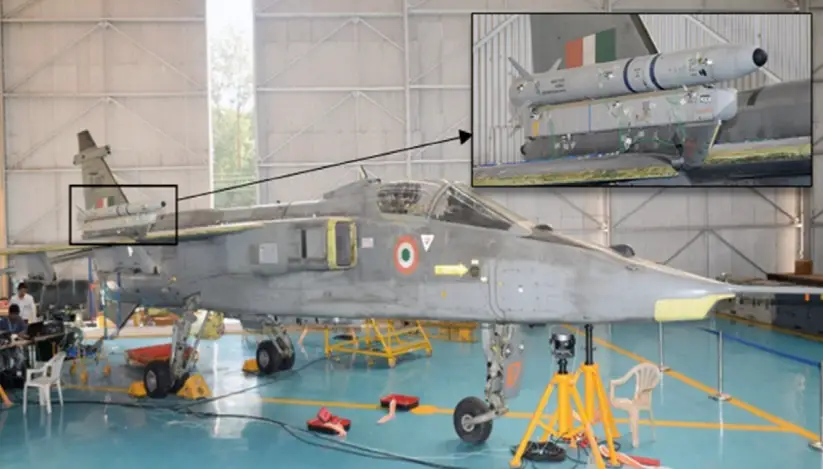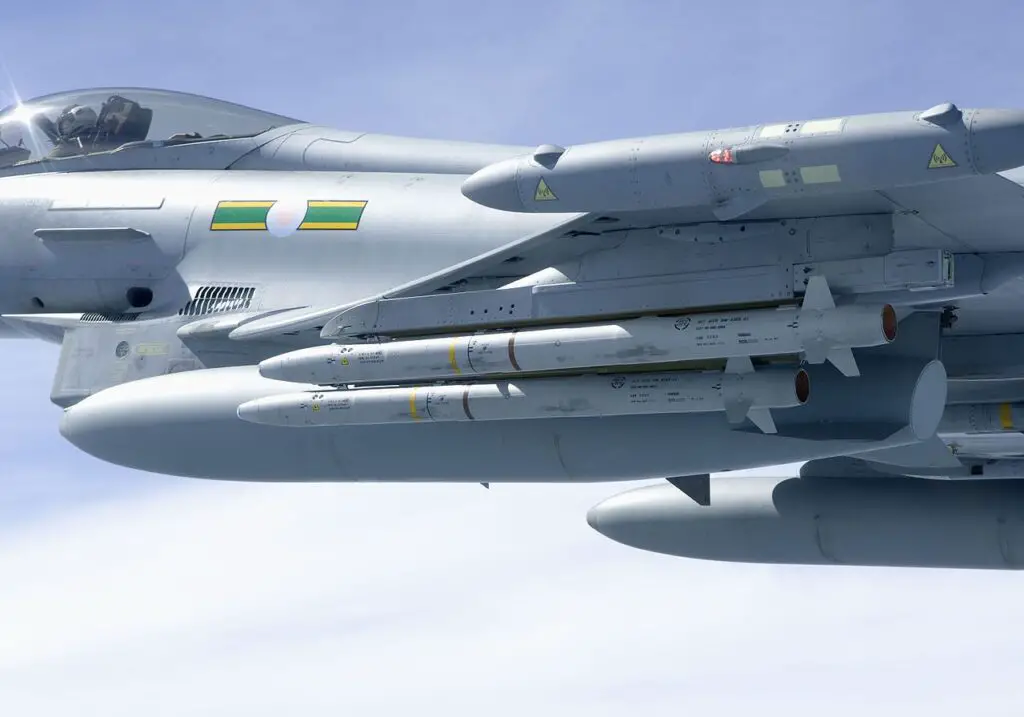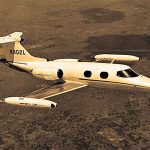RAF Typhoon and Lightning aircraft have successfully carried out the largest mass launch of advanced short-range air-to-air missiles (ASRAAM) in history. All hit their targets.
As reported by the Royal Air Force (RAF), during the 10-day exercise, pilots from eight different squadrons successfully launched a total of 53 missiles against aerial targets.
RAF Typhoon & Lightning jets have conducted their largest ever mass firing of Advanced Short Range Air-to-Air Missiles. Over the space of 10 days, pilots from 8 different squadrons successfully launched a total of 53 missiles at target drones. Full story: https://t.co/K3CUwD0Dig pic.twitter.com/az0aV8bzu4
— Royal Air Force (@RoyalAirForce) October 22, 2022
The Missile Practice Camp took place over the sea in the Hebrides Air Weapon Ranges last month and was the largest mass firing of the infra-red guided Advanced Short Range Air-to-Air Missiles from Typhoon and F-35B Lightning II.
Typhoon pilots from 1(F), II(AC), 6 and IX(B) Squadrons based at RAF Lossiemouth, as well as from 3(F), and 41 Test & Evaluation Squadron at RAF Coningsby, worked with Lightnings from 207 and 617 Squadrons based at RAF Marham in the event.
The ability to end-to-end test these missiles develops confidence in the weapon, whilst simultaneously developing personnel from professions across the RAF. From the movement and loading of live weapons onto the aircraft, to the aircrafts’ transit to the Air Weapons Ranges, the integration of personnel and aircraft from around the country was key to the success of the event.
The training has proved the impressive capability of Advanced Short Range Air-to-Air Missiles across both RAF combat air platforms, providing training and real-world feedback by destroying Banshee drone targets.
“It surpassed all expectations of what my first live firing exercise on the Typhoon would be. Selecting the weapon and knowing a live missile would come off the rail was a unique moment; hearing the missile tone and pulling the trigger, followed by a large whoosh sound and a slight wobble of the aircraft was fantastic.
Watching the missile disappear into the sky in front of me was a moment to remember, it really is impressive how fast the Advanced Short Range Air-to-Air Missiles can go. The experience has given me a real appreciation of the capability of the missile and how it can be employed in a real combat situation«, a Pilot from RAF Lossiemouth said.
Another central objective of the internship was to provide logistics and engineering personnel with crucial experience in transporting and loading real weapons onto aircraft.
ASRAAM
This missile was developed in the United Kingdom to be the primary within visual range air-to-air weapon system.
As stated by MBDA (the manufacturer), ASRAAM accepts target information via the aircraft sensors, such as the radar or helmet mounted sight but can also act as an autonomous infrared search and track system. The RAAF has demonstrated successful ‘over the shoulder’ firing in Lock On After Launch (LOAL) mode against target drones that were behind the wing-line of the launch aircraft.
These capabilities put it in the same league as other missiles such as the German IRIS-T, the Israeli Phyton 5 or the U.S. Sidewinder X, but it has some distinctive features.
Despite using the same seeker as the Sidewinder X (from 2025, Block 6 missiles will have an indigenous seeker), the RAF wanted a missile that had a higher speed than it, in order to increase the survivability of its aircraft by «hitting first». It was therefore decided to go for a proprietary design, and today the ASRAAM is one of the fastest missiles of its type, reaching Mach 3.
See also: India’s ASRAAMs to be assembled locally

In addition to the RAF’s F-35 and Thyphoon, the weapon was acquired by Australia, which integrated them into its F/A-18 Hornet fleet, and by India, which will assemble them locally for integration into its modernized Jaguars, as well as Suckhoi Su-30MKI, Dassault Rafale and HAL Tejas.













